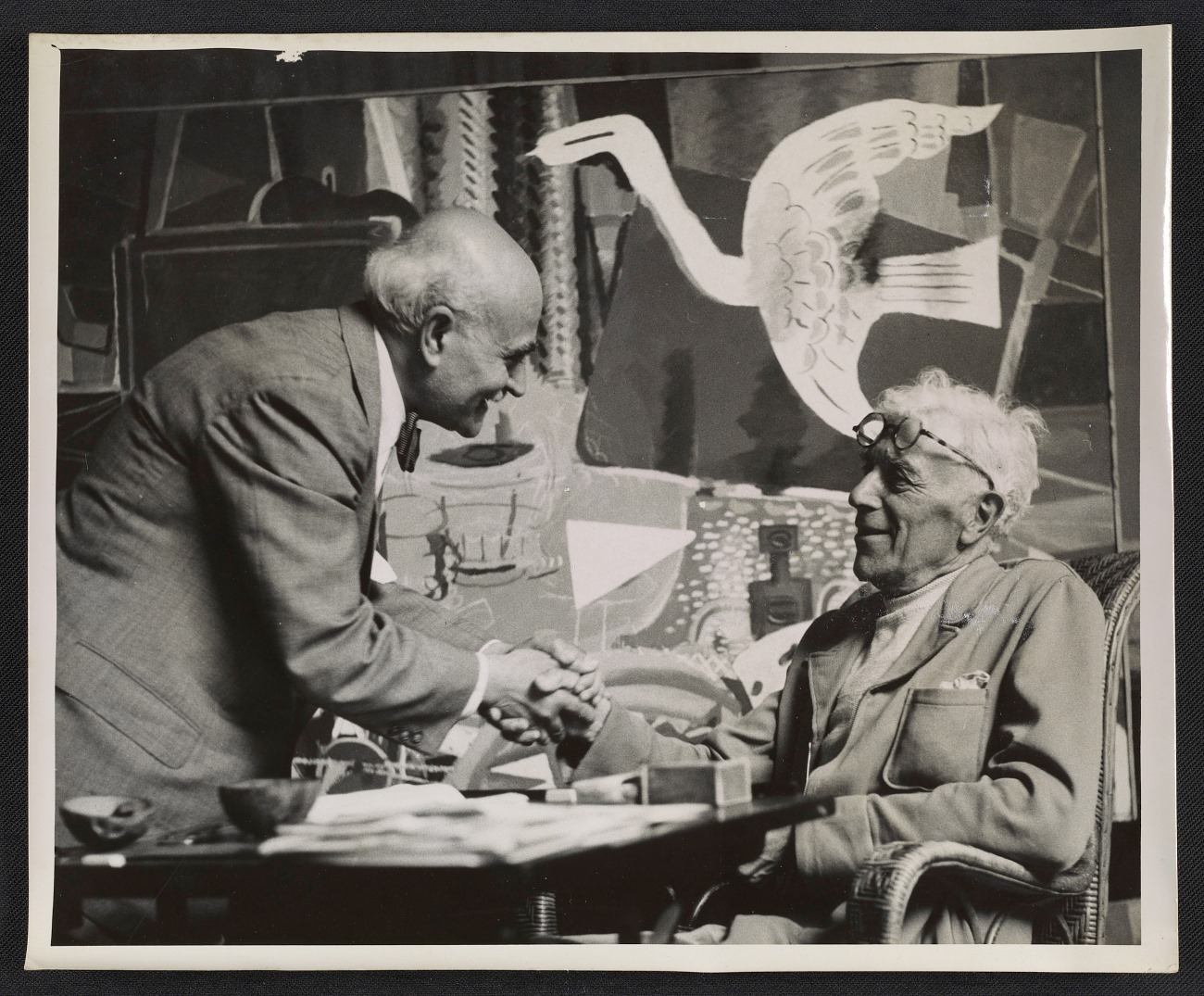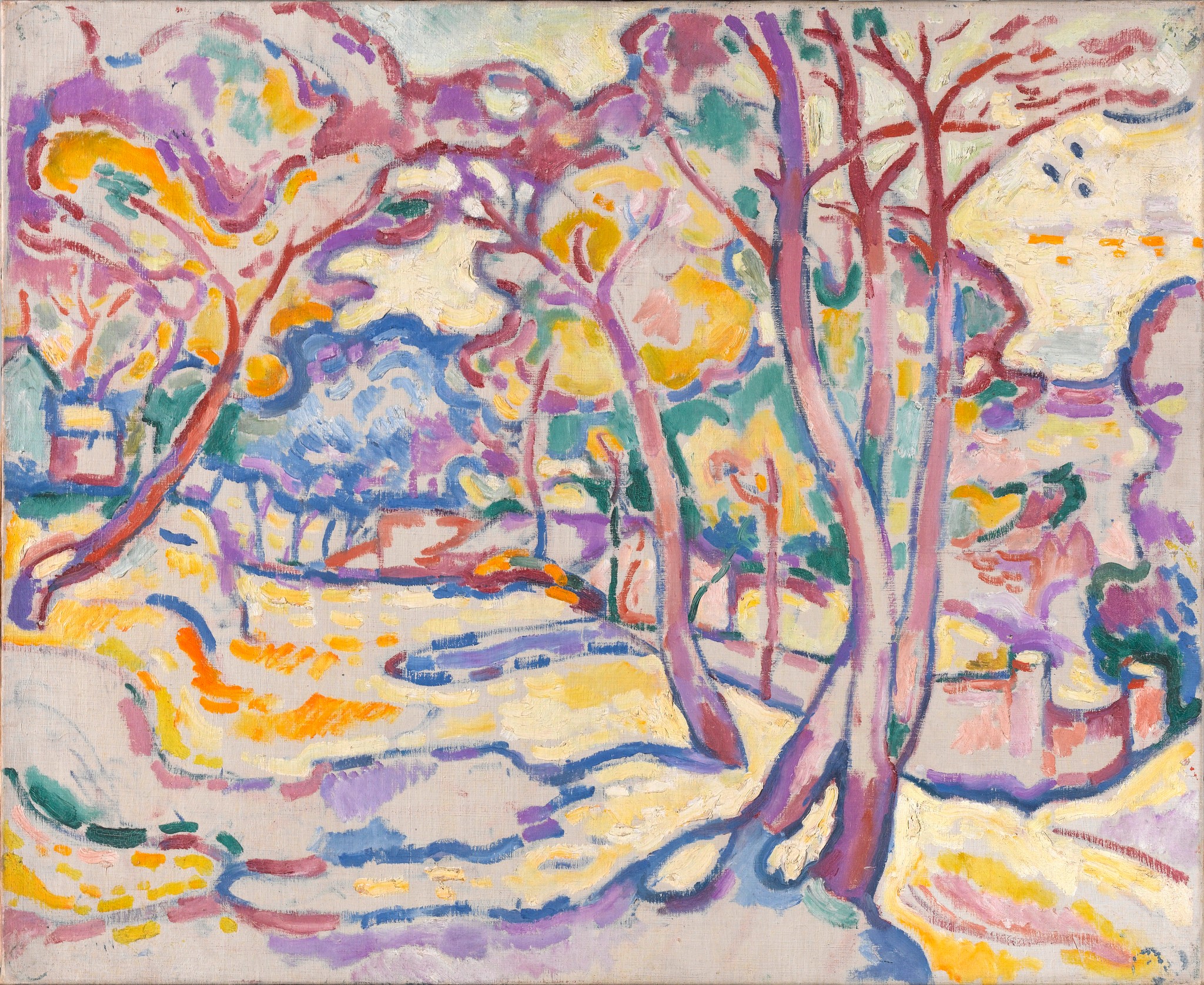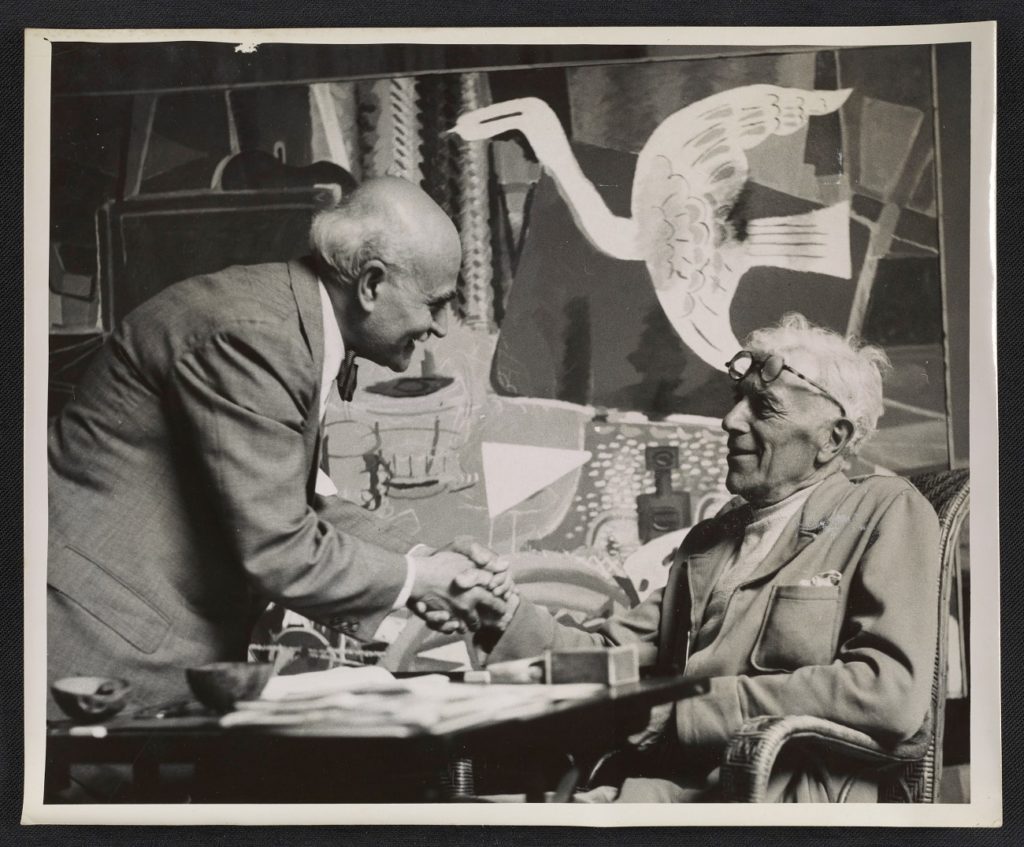Georges Braque is considered the father of analytical cubism together with Picasso. Often contradictory reflections arise which however lead to the evolution of an artistic movement that breaks up space while maintaining a connection with reality through recognizable subjects. A study that will include artists such as Juan Gris and which will then also lead to the birth of synthetic cubism.
Who was Georges Braque
Georges Braque (Argenteuil, May 13, 1882 – Paris, August 31, 1963) was a French painter and sculptor. At the age of eight he was uprooted from his hometown to move to Le Havre and continue his schooling there. He understands that he has no particular interest in the study of classical or scientific subjects and so he enrolls in theEcole Supérieure d’Art where he develops his passion.
He also had the opportunity from an early age to experiment through practice at his father’s office who deals with painting together with a colleague who deals with decorations. However, he realizes that he wants to move his apprenticeship to the capital and so he moves to Paris where he also continues his theoretical study.
The beginning of Georges Braque’s artistic career
He moves to the artists’ quarter, Montmartre, and here he meets some colleagues including Francis Picabia and Marie Laurencin with whom a potential story is born that will never really materialize.
Over the years in the School of Fine Arts he experiences moments of crisis alternating with an engaging study and important meetings. He frequents numerous galleries studying the work of impressionists and in particular under the influence of some such as Henri Matisse. Of his colleague he absorbs above all the choice of bright colors accompanied by the techniques of the fauves.

A pivotal moment however, these years are recorded in 1907 when Braque meets Pablo Picasso during an exhibition by Paul Cezanne. Thanks to the latter, a profound curiosity towards prehistoric art arises in the artist which leads him to better analyze his work, thus modifying his approach to painting which now becomes less artificial and more geometric.
Georges Braque, Pablo Piccaso and Cubism
The friendship born with the Spanish painter leads to a series of artistic reflections. The foundations for the birth of the analytic cubism that modifies plastic art. After this novelty, the works of the two become immediately recognizable, also thanks to some new additions. Braque for example begins to leave clear marks such as printed figures but are also distinguished by the use of little-used techniques such as collage.

In 1914, however, the call to arms arrives that leads him to distance himself from his friend but also from his art. After the first conflict back to work on his works but independently by also modifying surfaces, textures, colors, dimensions, etc. To these last years also belong decorative works that are linked to where it all began.
At the age of 71 he died in Paris, leaving posterity with a great artistic heritage distributed all over the world. In Italy it is possible to see his works in the “Museo del Novecento” in Milan, the “National Gallery of Modern Art” in Rome, the “Peggy Guggenheim Collection” in Venice and the Municipal Art Gallery “Orneone Marelli” in Terni.

